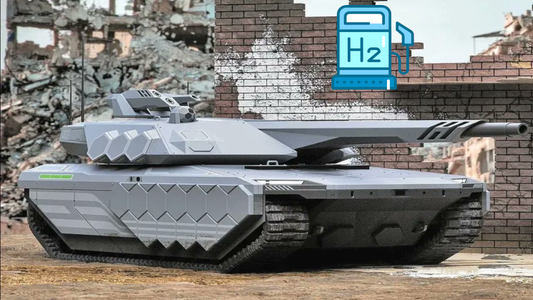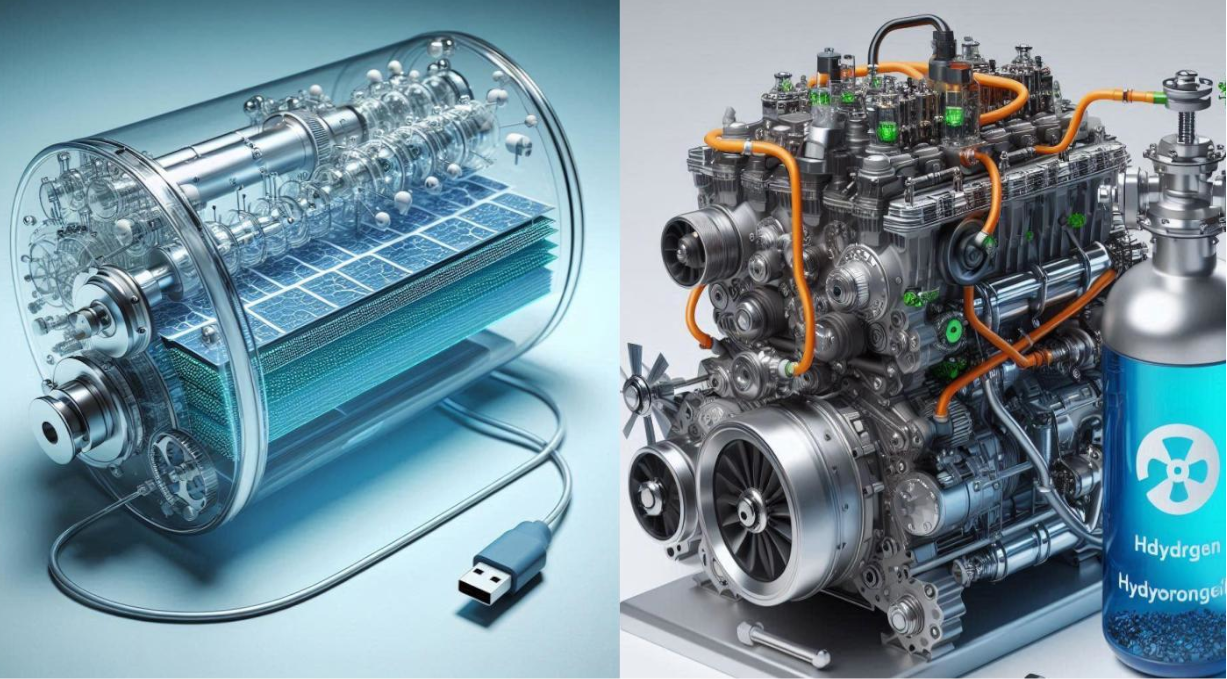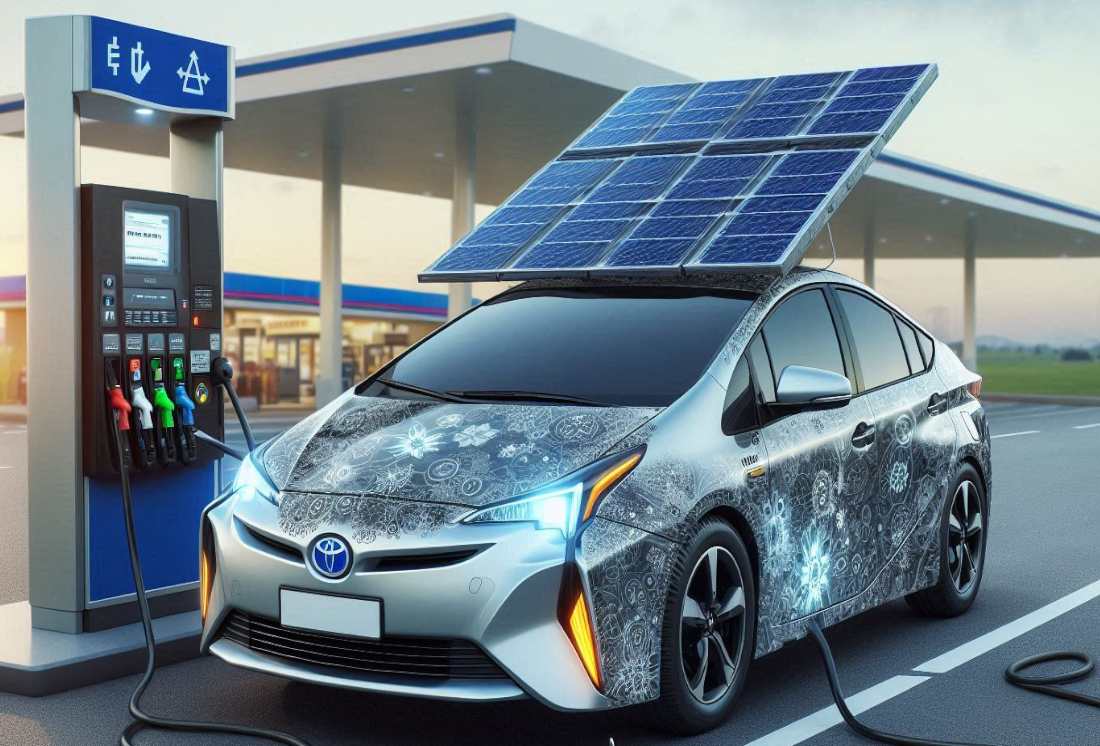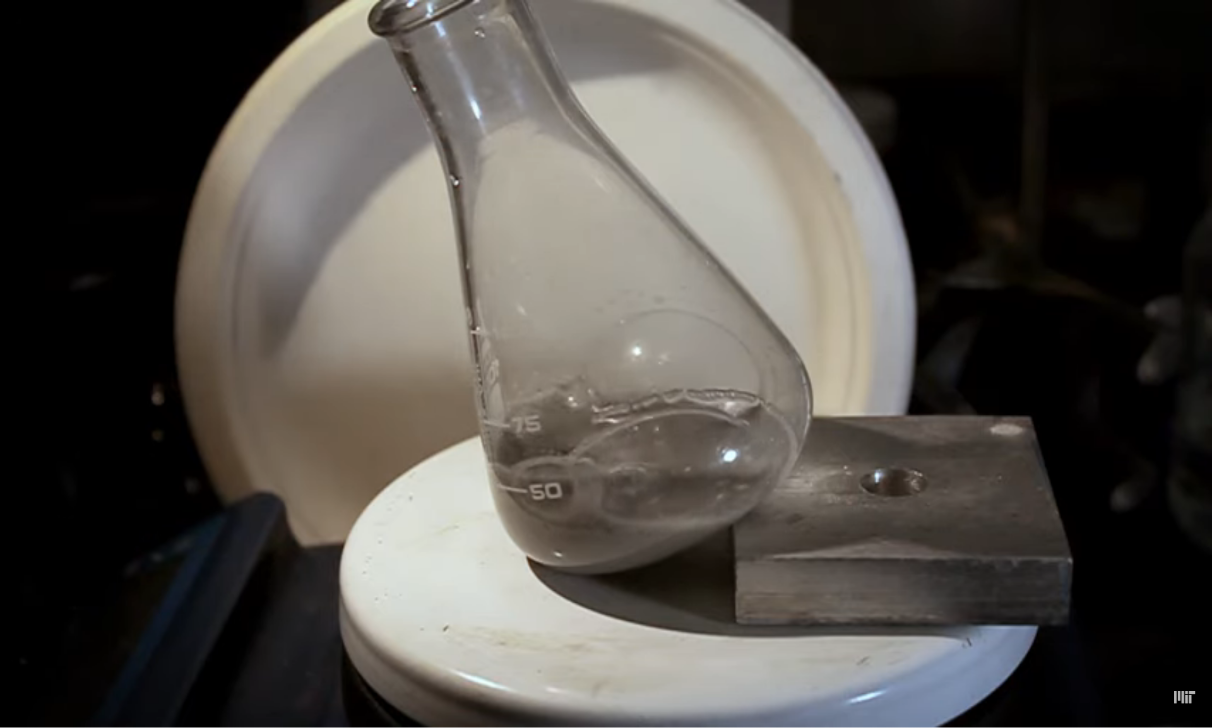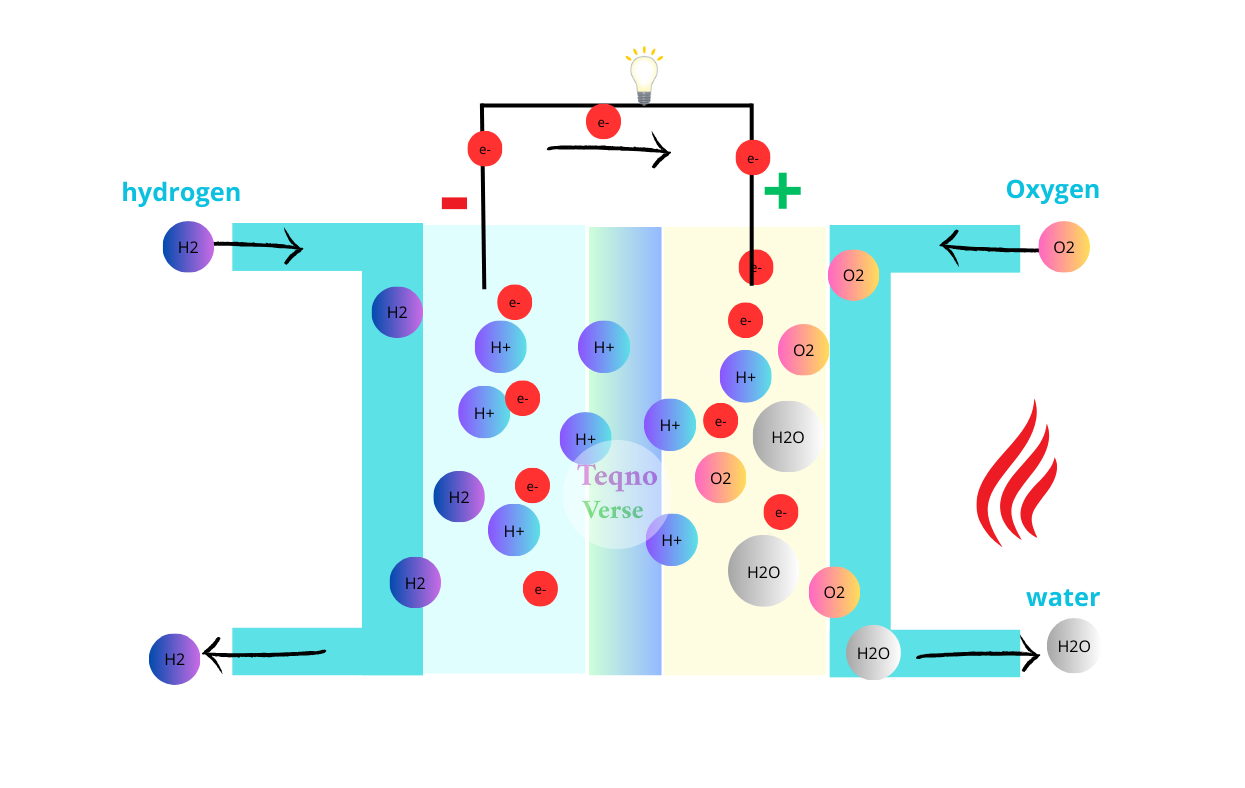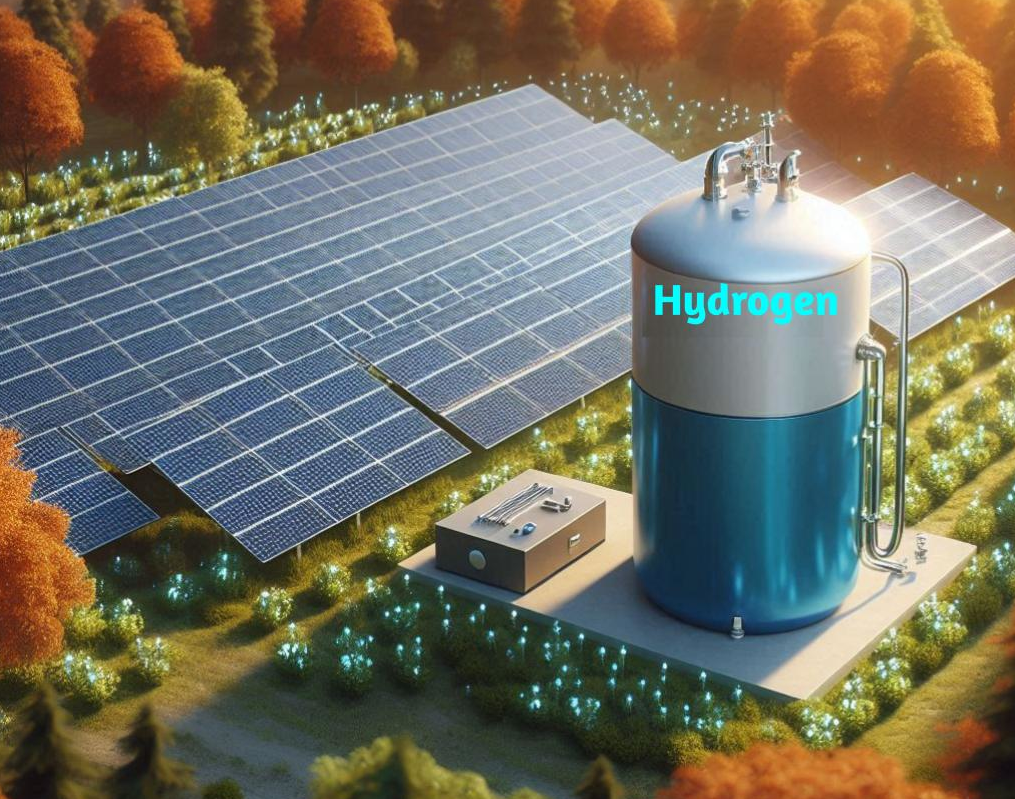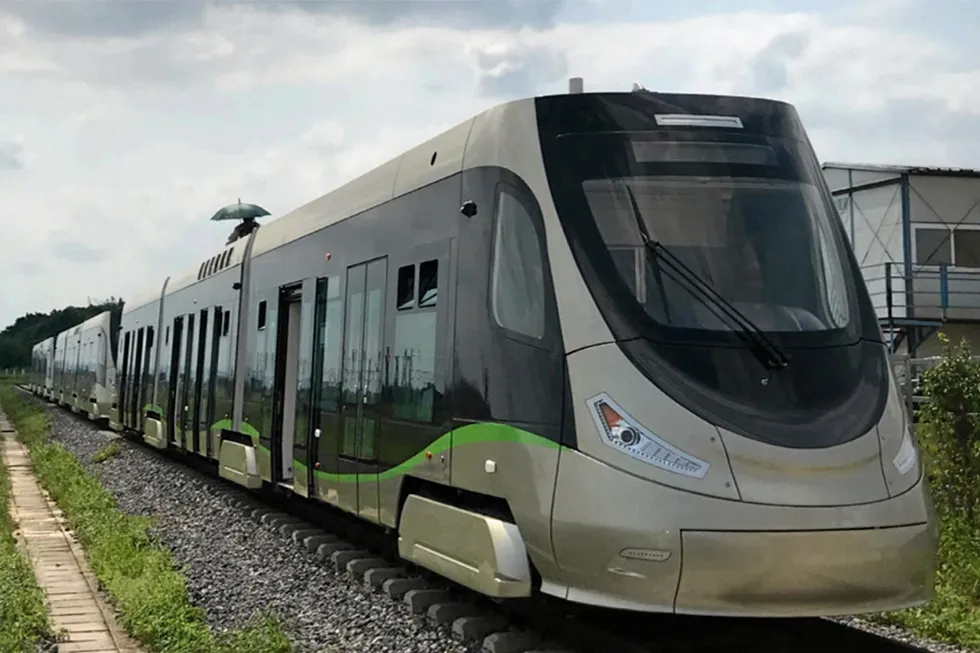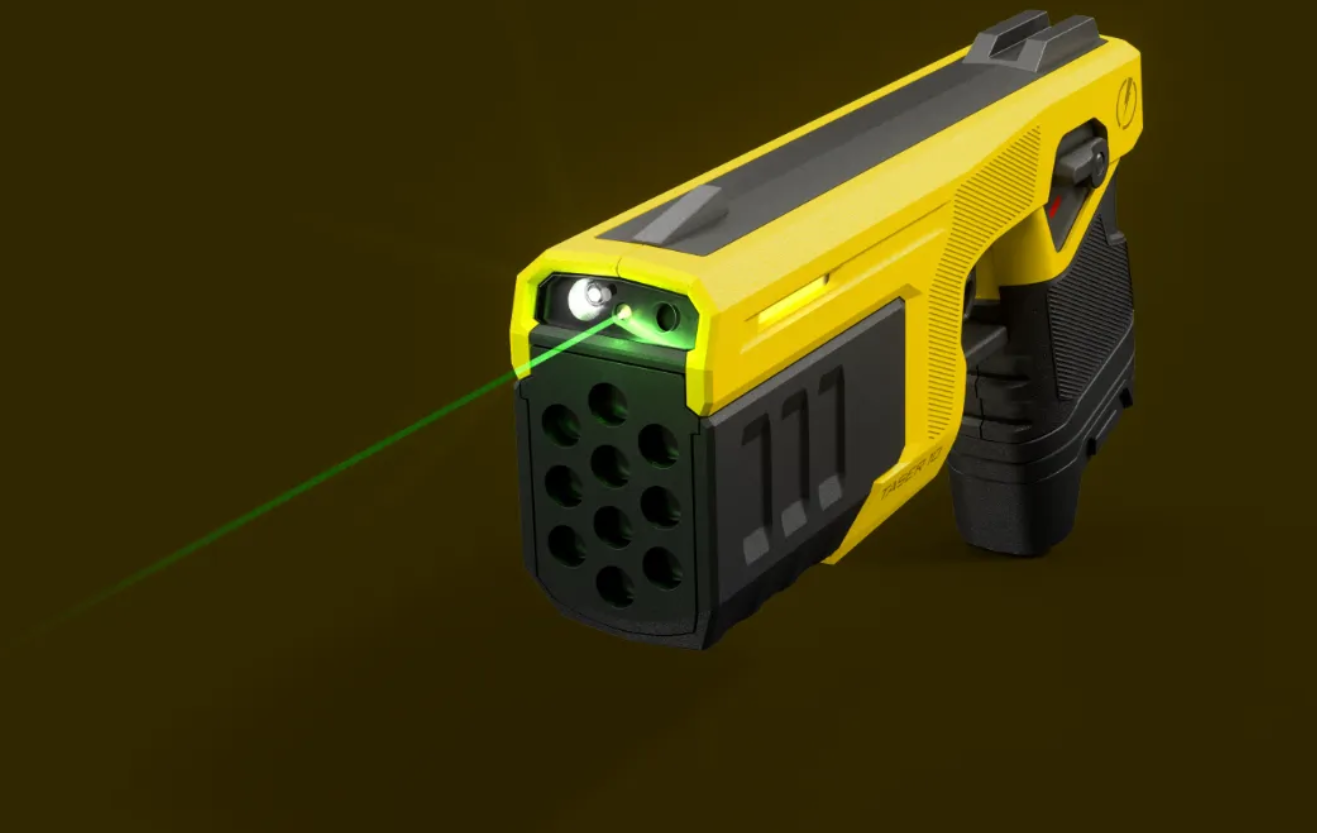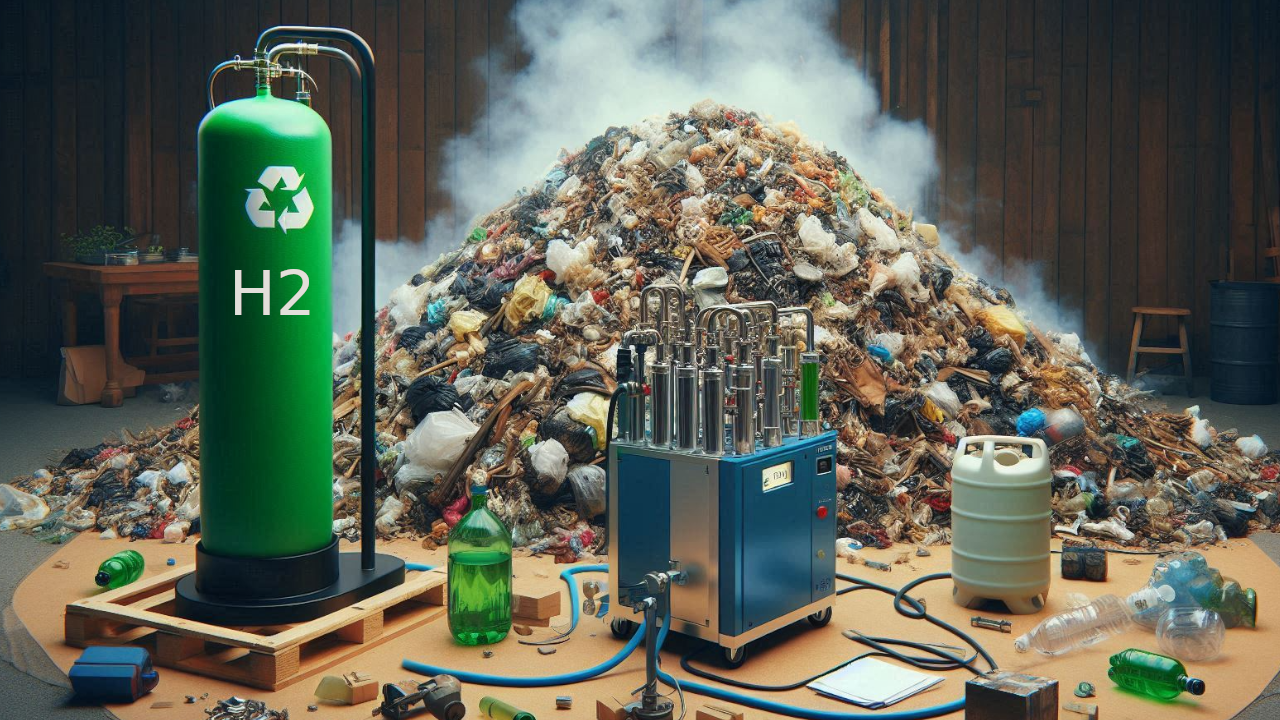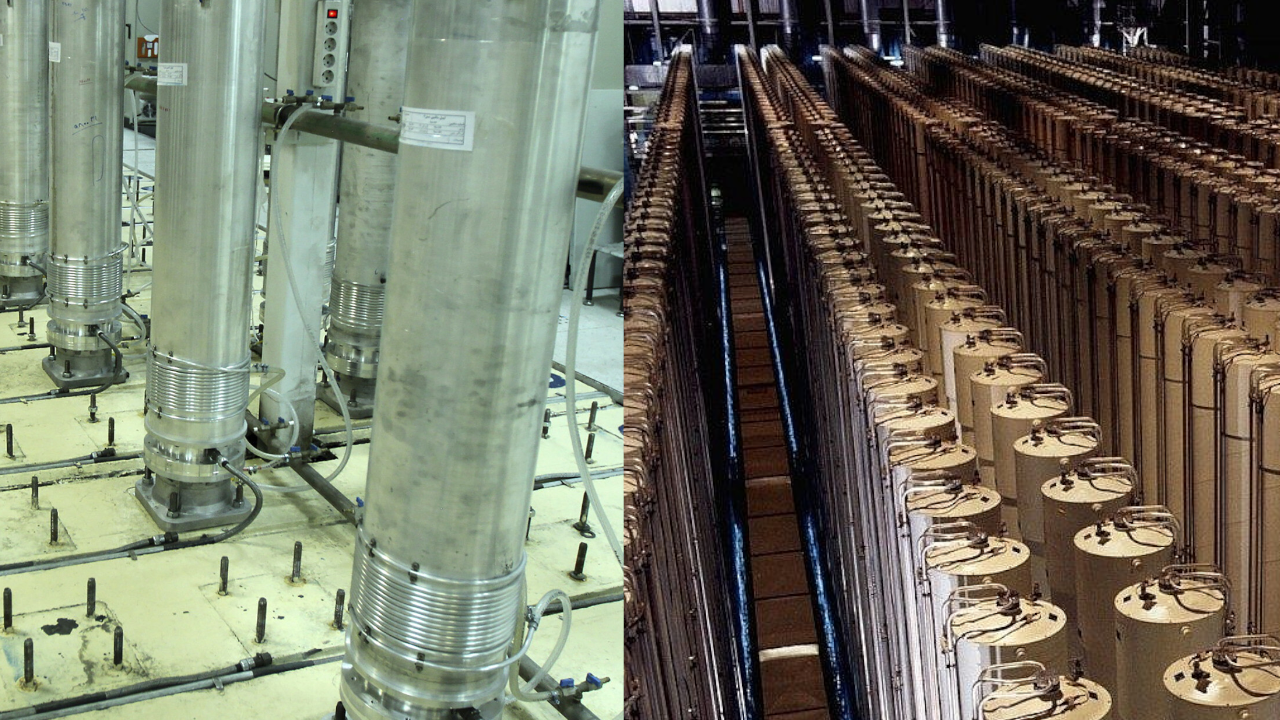Hyundai Rotem, a subsidiary of Hyundai, in collaboration with the Korean government’s Agency for Defense Development, is developing the world’s first hydrogen-powered tank, named the K3. According to Hyundai, the K3 tank will be quieter, more maneuverable, and harder for the enemy to detect than current diesel-powered tanks.
The tank uses an electric motor powered by hydrogen fuel cells, which convert hydrogen into electrical energy. This makes the tank quieter and gives it a lower thermal signature, making it harder to detect. Its stealth design also helps avoid detection by enemy radar, with the ability to absorb and deflect radar signals.
The Korean army views the reduction of carbon emissions as a secondary benefit, as the use of hydrogen does not produce carbon dioxide. However, the primary advantage is the elimination of noise, fumes, and heat produced by diesel tanks, which makes them easier to detect.
Battery-powered electric tanks are not considered a practical solution for the armed forces, as they cannot rely on access to the electricity grid during wartime.
The prototype development is expected to be completed by 2030, with potential service entry by 2040.
